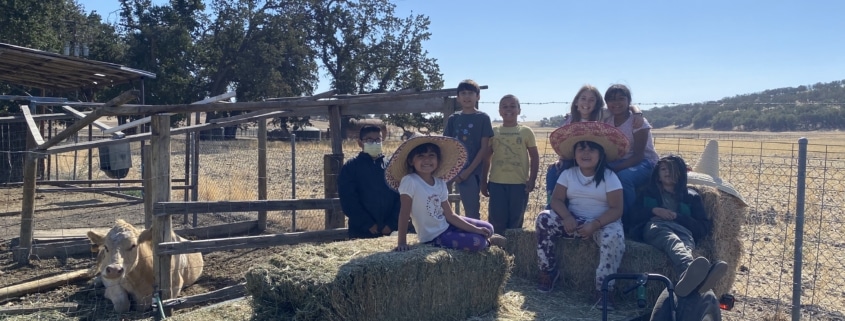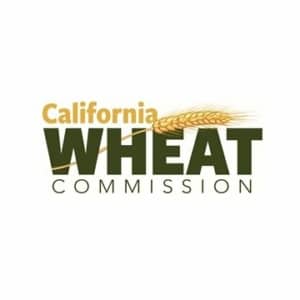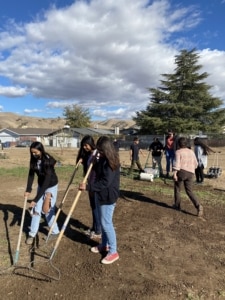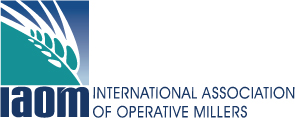
 California Wheat Commission gets Wheat into the Classroom
California Wheat Commission gets Wheat into the Classroom
Nutrition programs teach students about fruits and vegetables. Agriculture education programs often focus on animal husbandry. When you look across the educational curriculum landscape, it’s easy to see that grain, and wheat, doesn’t play an outsized role in the classroom, despite being a staple product. In other agricultural centered programming, like the kind guided by Future Farmers of America, you’ll see household names like Caterpillar or Land O’ Lakes, John Deere or Tyson, but nary a reference to a grain milling outfit, much less anything to do with flour. If you look hard enough, you’ll find references to ethanol production, but you’d have to squint to see it.
With the dwindling number of ‘farm kids’ and even the agricultural land grant schools largely populated by the children of suburban and urban families, it comes as no surprise that the attention of students interested in agriculture comes at a premium. Go to any FFA Resource Fair and you’ll see dozens of companies, schools, or products competing for the goodwill of this prized group of up-and-coming students preparing themselves for roles in advanced manufacturing, agribusiness, or food-adjacent employment.
 We all know that Milling, and the Milling Science and Management program at Kansas State University, are some of the best kept secrets, but it doesn’t have to be that way.
We all know that Milling, and the Milling Science and Management program at Kansas State University, are some of the best kept secrets, but it doesn’t have to be that way.
Recently, the California Wheat Commission has created the Wheat2School program as a first of its kind program created to highlight the importance of wheat in the K-12 curriculum.
With a foothold in schools in California, the program is designed to teach students about various aspects of growing, processing and consuming whole grains. With equal parts agriculture and nutrition, this initiative is setting the groundwork for how to educate students about the value of whole grain in their diets, and the important role grain processers play in the food system.
Grains are often overlooked in these curricula because they are harder to incorporate into popular gardening programs and without a mill available, it’s not possible to turn the grain into an edible product. The California Wheat Commissions project finds ways to overcome this dynamic and put the lifecycle of the wheat plant at the center of a story about culinary history, culture and food production.
Whole grains are popular among food service managers because of the vital role they play in the National School Lunch Program. With the right equipment, food service managers would be willing to incorporate whole grains, even those produced on site, into their school lunch program, and we’ll be able to see this grain centered curriculum play out in the classroom as well.
Composed of 6 lesson plans, the Wheat2School program is designed to adhere to grade level expectation, meets local education standards, and includes all the resources necessary for a teacher to implement the lessons in their classroom. These lessons include:
Lesson 1: “General Knowledge Wheat Introduction”
Lesson 2 “Soil Test”
Lesson 3 “Norman Borlaug”
Lesson 4 “Parts of a Wheat Plant”
Lesson 5 “Wheat Varieties”
Lesson 6 “Carbohydrates”
After completing the first four lessons, the students should show an appreciation and understanding of the following subjects.
- Identify stages of wheat production
- List three new terms related to wheat production
- Draw connection between some staple foods and wheat
- Demonstrate how to use pH and N-P-K with soil testing equipment
- Analyze data from soil test measurements
- List three things about Norman Borlaug
- Label at least three different parts in a wheat plant
Wheat2School includes a garden bed or plat of land to plant wheat varying in size from 1,000 to 2,500 sq ft. In order to fulfill requirements associated with social studies and history, the lessons also incorporate Sonoran wheat, which is native to parts of California. With the help of staff from the Commission, the wheat is harvested and turned into both flour and finished products such as tortillas, bread, pasta, conchas (Mexican sweet bread), chocolate cake and cookies.
Lesson plans are structured in a fashion that corresponds with educational standards such as age / grade appropriateness, required features such as lesson objectives and content specific knowledge, and delivered to educators with all the associated parts that would facilitate it’s use in the classroom. The California Wheat Commission also acts as an intermediary that supports the teachers who use the lessons by helping them with gardening, baking, and processing the wheat. This hands on approach to interacting with students and staff goes a long way towards contributing to the programs success.
The interdisciplinary character of these programs is also part of what makes it successful. While some programs are distinctly science based, the California Wheat Commission has built elements of social studies and nutrition into the lessons. This content, such as the contributions of Norman Borlung and the Green Revolution along with discussions of native species such as white Sonoran wheat, afford teachers flexibility they need to incorporate elements of the program into their classroom.
In order to get programming like Wheat2School into classrooms across the country, it will be necessary to reach out to local decision-makers, stakeholders and teachers and offer support in ways that mirror the innovative work of the California Wheat Commission. While these opportunities show a good deal of promise, it’s important to remember that working with public schools requires sustained interaction, funding, and a passion for the subject matter and the students in your community. In order to gain the trust and respect of these stakeholders, you have to leave your corporate agenda at the door, and remind yourself of what a more basic, fundamental investment is all about. Not sure what that looks like, just ask Claudia.


